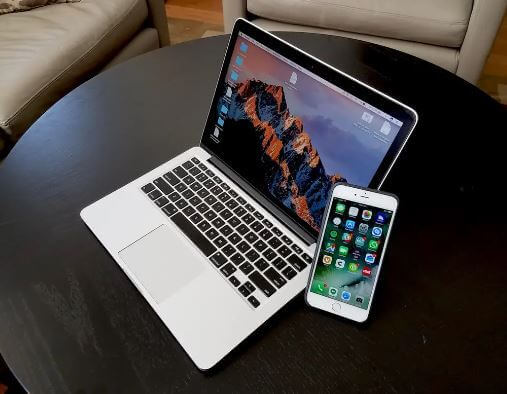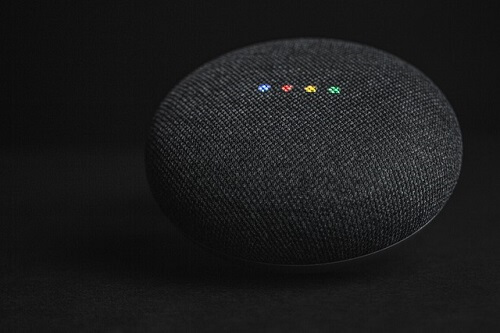The Right Ways To Back Up iPhone To Mac
In the contemporary world, our lives revolve around electronic gadgets, with smartphones being central repositories of crucial information.
Losing a smartphone can be equivalent to losing valuable data, causing significant distress, especially for those who store sensitive information such as documents, PIN codes, and bank details on their devices.
For Apple users, safeguarding this information involves understanding how to back up data on an iPhone.
Apple provides three primary options for backup: iTunes, iCloud, and various third-party applications. It’s important to note that each option comes with its own set of advantages and disadvantages, but all serve the common purpose of securely preserving a backup of your information.
Now, let’s delve into each of these backup options and explore how you can utilize them to protect your data effectively.
Understanding the intricacies of each method empowers Apple users to make informed choices based on their preferences and needs.
Through Simple Method
To safeguard the data on your iPhone, you have two primary methods for creating backups: wireless backup or using a USB sync cable.
Once you’ve made your choice between these options, you can proceed with the backup process through reputable platforms such as iTunes, iCloud, or third-party software. These methods ensure the secure storage of your valuable information.
Back up iPhone To Mac Without A Cable (iTunes)
The first method, which is the use of iTunes, allows you to back up your information to Mac without the use of a USB sync cable.
This is done through the iTunes wireless functionality. Follow the simple steps below to use this feature.
- Go to settings
- Choose general and then iTunes
- Go to wifi sync
- Choose ‘mac’ from the list
After this, you will see that there is another option ‘sync now’. Remember that your iPhone will start syncing automatically if the screen is locked while the phone has been connected to a wifi network and source of power.
The files through the iTunes backup will be stored on your Mac computer so you should make sure that there is enough space.
Although the iTunes option is good, it has its fair share of drawbacks. One of these drawbacks is the limitation of space.
iCloud
An additional alternative for your backup requirements is iCloud, which offers a substantial 2 terabytes of cloud storage.
While this may initially appear extensive for storing photos and documents, it’s important to recognize that this space can be depleted over time.
Notably, only 5 gigabytes are allocated to free users, necessitating payment for access to the full 2 terabytes.
All files backed up to iCloud benefit from encryption, and restoration can be conveniently executed through wifi networks.
The flexibility of iCloud stands out as an advantage, allowing backups from any location with wifi access.
It’s crucial to bear in mind, however, that duplicating information already stored in a different iCloud account is not supported.
This underscores the need for thoughtful consideration when managing your backup strategy.
Follow the steps below to back up to iCloud
- Have a connection to a wifi network
- Go to settings
- Select your name
- Choose ‘iCloud’
- Choose ‘iCloud backup’
- Choose ‘backup now’
The backup process will start automatically so you should make sure that the iPhone is connected to the wifi network until the backup is done.
Third-Party Apps
This process does not entail the use of a dedicated app; instead, it involves manually connecting your iPhone to your Mac and transferring files directly.
Upon completion, you will observe the creation of a duplicate set of your files on your Mac. It’s essential to note that, unlike the iCloud or iTunes methods, this approach imposes limitations on the quantity of files you can back up.
This manual method provides a more selective backup option, allowing you to prioritize specific files or data sets during the transfer process.
Frequently Asked Questions
All the files that you back up to iCloud are automatically encrypted. You can also encrypt on iTunes back up although this is normally turned off by default.
You can make a backup every day by setting your device up for that. follow these steps
Keep iCloud backup turned on
Have your iPhone connected to a wifi network
Switch the screen off and connect to a power source
iCloud storage plan starts at $0.99 per month and that gets you 50GB
Conclusion
Please keep in mind that this article does not mean that you should not seek professional advice, especially regarding the pricing of the iCloud storage plans. You can also check out how to sync contacts between iPhone and Mac.







